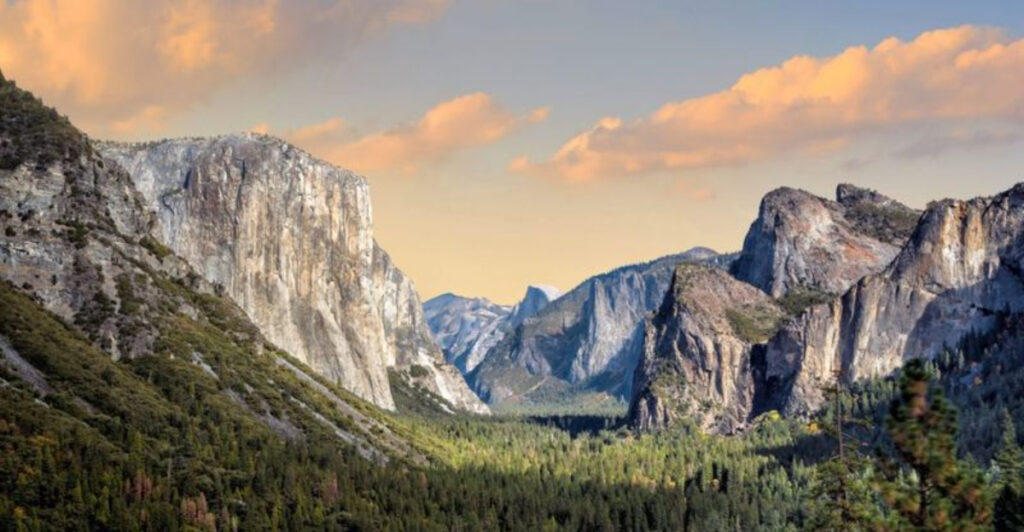Yosemite National Park isn’t just another pretty place with waterfalls and mountains. Hidden beneath its postcard views lies a fascinating history and surprising natural wonders that most visitors never discover. From ancient human stories to geological marvels and unexpected wildlife, these lesser-known facts reveal a deeper side of America’s pioneering national park.
1. Lincoln Protected Yosemite Before National Parks Existed
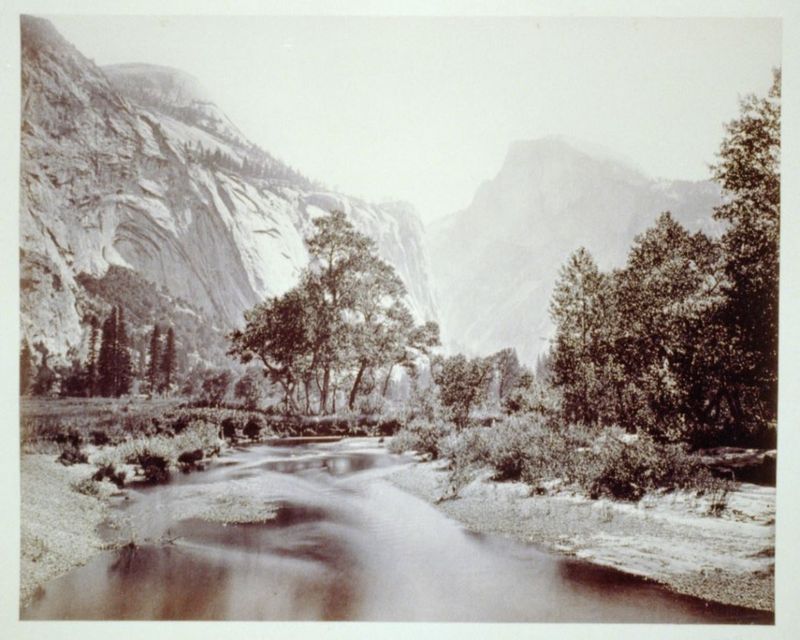
Back in 1864, while the Civil War still raged, President Abraham Lincoln took an extraordinary step for conservation. He signed the Yosemite Grant, protecting the valley and Mariposa Grove for public enjoyment forever.
This groundbreaking action happened eight full years before Yellowstone became the first official national park. Lincoln’s forward-thinking move established the revolutionary idea that magnificent landscapes belonged to all citizens, not just the wealthy or privileged.
2. Yosemite Became Official on October 1, 1890
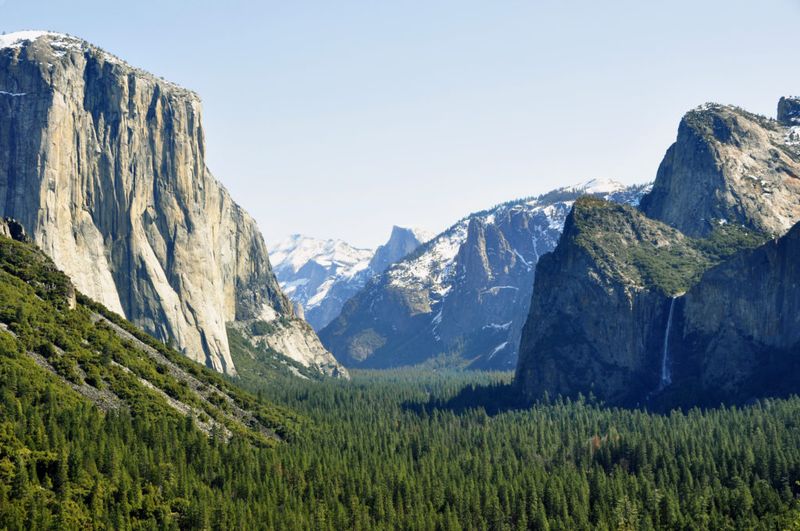
After years as a state-managed preserve, Yosemite finally gained national park status on October 1, 1890. The legislation, signed by President Benjamin Harrison, created America’s third national park after Yellowstone and Sequoia.
Interestingly, Sequoia National Park was established just one week earlier! The original boundaries were quite different from today’s park, with the Yosemite Valley remaining under California’s control until 1906 when Theodore Roosevelt incorporated it into the federal park system.
3. Most of Yosemite Is Untamed Wilderness
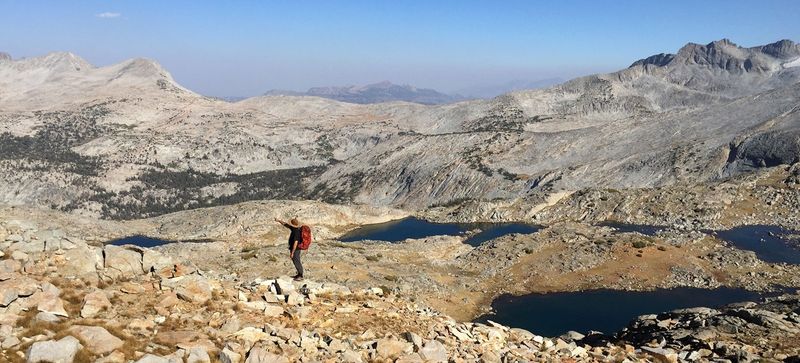
Forget the crowded valley floor that appears in most postcards. A staggering 95% of Yosemite’s 748,436 acres is designated wilderness, where nature rules undisturbed by roads or buildings.
This vast backcountry contains hidden alpine meadows, crystal-clear lakes, and rugged peaks that few visitors ever see. Rangers patrol these remote areas on foot, maintaining primitive trails and monitoring the delicate ecosystem where wildlife roams freely, just as it has for thousands of years.
4. Wildlife Paradise With 400+ Species
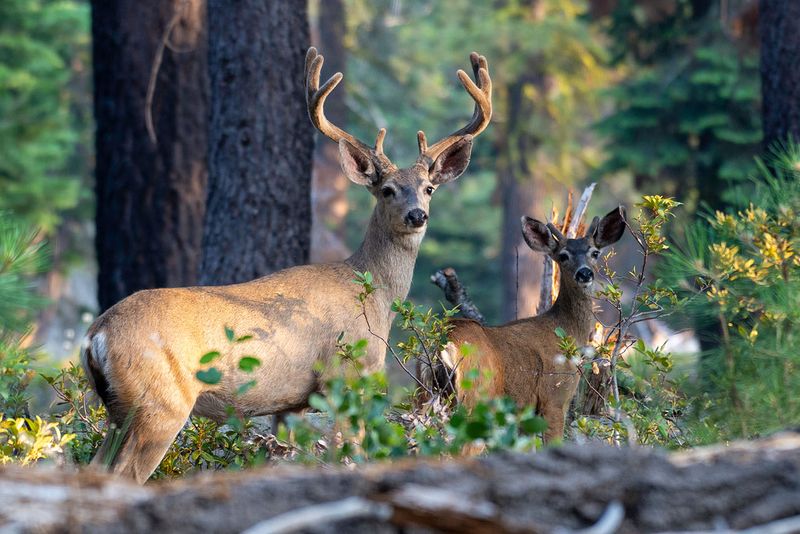
The famous black bears might steal the spotlight, but they’re just one star in Yosemite’s incredible wildlife show. The park shelters over 400 vertebrate species, including rare Sierra Nevada red foxes, bighorn sheep, and ringtail cats.
Yosemite also nurtures approximately 20% of California’s plant species in just 0.7% of the state’s land area. Spring transforms meadows into spectacular wildflower displays with over 1,500 flowering plant species, while autumn paints black oaks and dogwoods in brilliant gold and crimson.
5. Yosemite Falls Is Actually Three Waterfalls
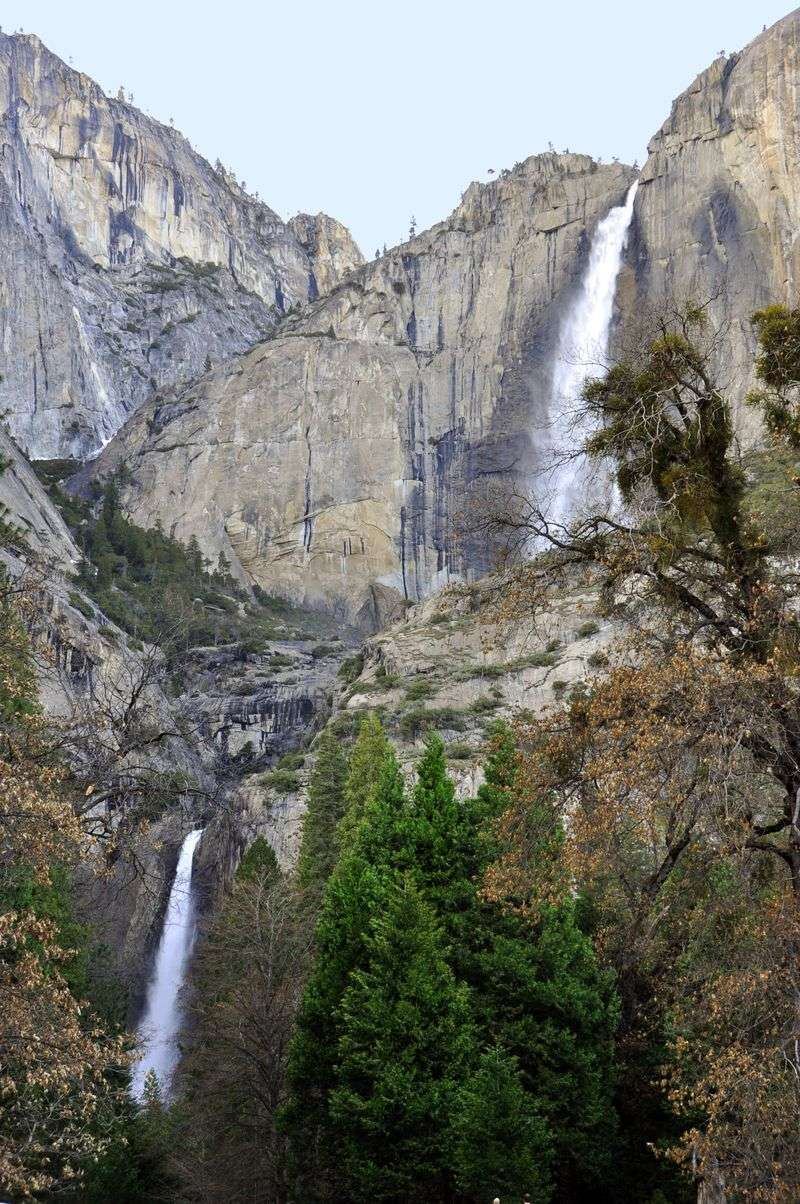
The majestic Yosemite Falls isn’t a single cascade but a magnificent three-act performance of water and gravity. At 2,425 feet total, it ranks as North America’s tallest waterfall and the world’s fifth highest.
Upper Yosemite Fall drops 1,430 feet in a thunderous free-fall. The middle section features cascading rapids through a narrow gorge. Lower Yosemite Fall provides the finale with a 320-foot plunge. During peak snowmelt in May, the falls roar with enough daily water to supply 154,000 average American households.
6. El Capitan: Earth’s Largest Granite Monolith
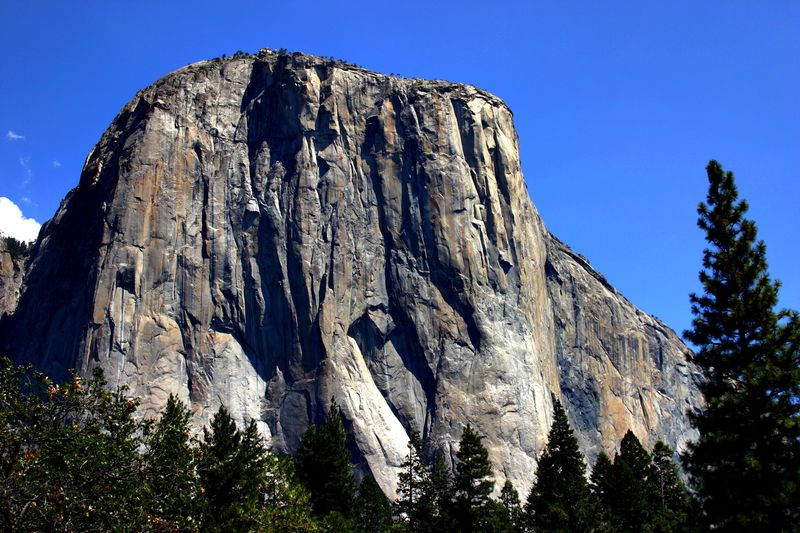
Rising 3,000 feet from the valley floor, El Capitan stands as the world’s largest exposed granite monolith. This geological marvel formed deep underground approximately 100 million years ago when molten magma slowly cooled and crystallized.
Rock climbers worldwide make pilgrimages to conquer “El Cap’s” sheer face. The most challenging route, known as “The Nose,” took 47 days to first complete in 1958. In 2017, Alex Honnold made history by free-soloing the formation without ropes in just 3 hours and 56 minutes.
7. Mysterious Rockfalls Reshape the Park
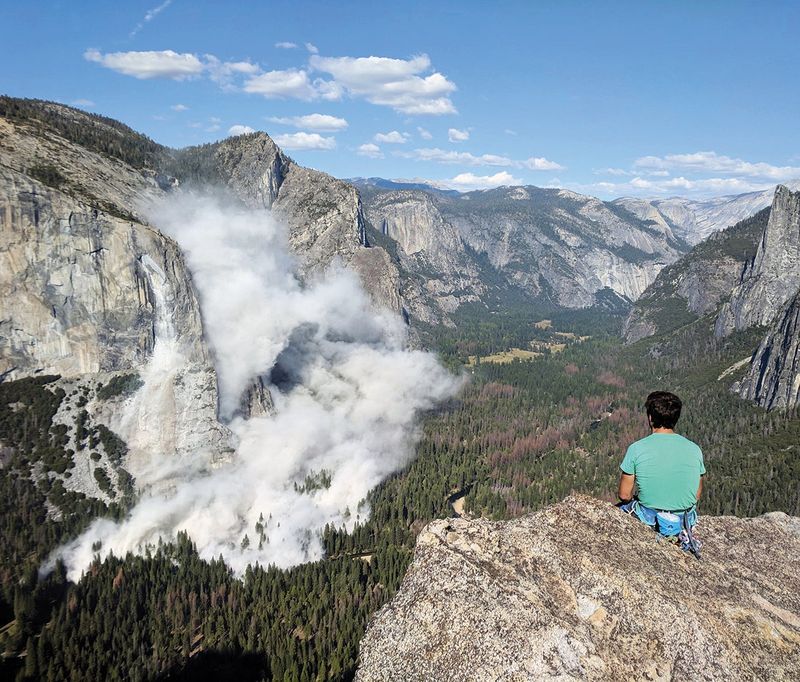
Yosemite’s dramatic cliffs aren’t static monuments—they’re constantly changing. The park averages 60 rockfalls annually, with many triggered by a process called exfoliation where granite layers peel away like onion skins.
Temperature fluctuations, water freezing in cracks, and earthquakes all contribute to these sudden events. In 2015, a massive 5-million-pound slab crashed from Half Dome completely unnoticed! Park scientists use acoustic sensors and 3D mapping to monitor unstable areas, helping protect visitors from these unpredictable natural occurrences.
8. February’s Natural “Firefall” Phenomenon
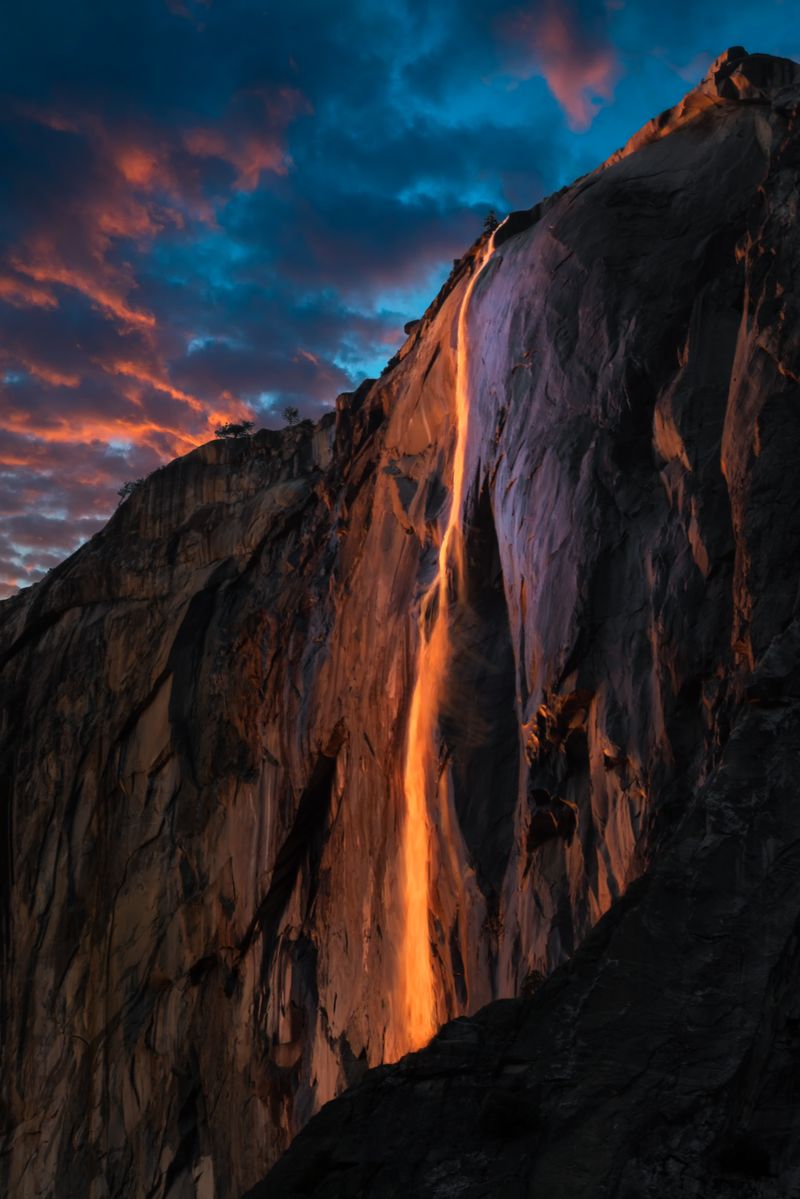
For a magical two-week window each February, nature stages one of its most spectacular shows at Horsetail Fall. When conditions align perfectly—adequate snowmelt, clear skies, and precise sunset angle—the 1,570-foot seasonal waterfall transforms into a blazing ribbon of orange-red light.
This natural “firefall” occurs because sunlight hits the waterfall at exactly the right angle, creating an optical illusion resembling molten lava. The phenomenon has become so popular that rangers now manage viewing areas to protect fragile meadows from thousands of photographers seeking the perfect shot.
9. The Valley’s Name Means “Big Mouth”
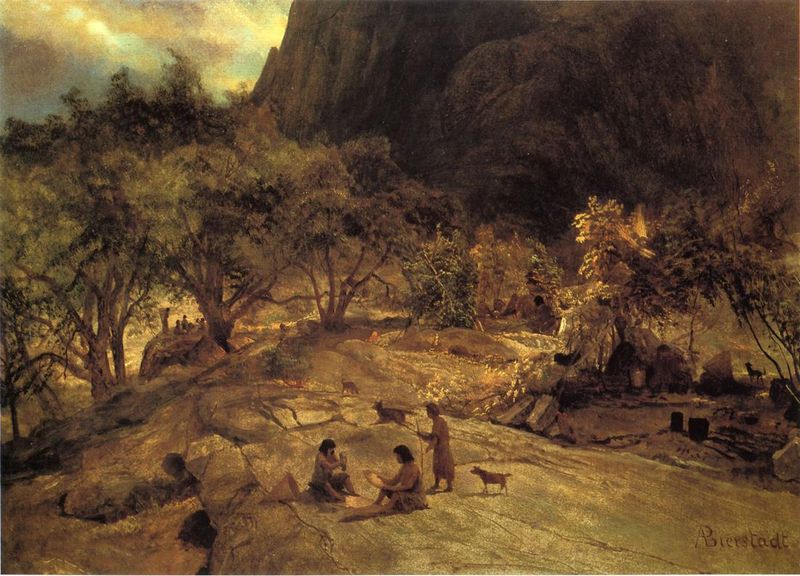
Long before tourists arrived, the Ahwahneechee people named this magnificent valley “Ahwahnee,” meaning “place of the big mouth”—perfectly describing how the valley opens wide between towering granite walls.
The name “Yosemite” actually comes from a Miwok word meaning “those who kill”—originally referring to the feared Ahwahneechee tribe, not the place itself. When the Mariposa Battalion entered the valley in 1851, they mistakenly applied this name to the location. The linguistic mix-up stuck, giving us the park name millions know today.
10. Humans Have Called Yosemite Home for 8,000 Years

Thousands of years before John Muir wrote poetic descriptions of Yosemite, indigenous people thrived in these mountains. Archaeological evidence reveals human habitation dating back at least 8,000 years, with the Ahwahneechee being the most recent native inhabitants.
These early residents weren’t just surviving—they were actively managing the landscape. They used controlled burns to maintain meadows, harvested black oak acorns as a dietary staple, and created intricate basketry. Bedrock mortars, where acorns were ground into flour, can still be found throughout the valley today.
11. Mount Lyell Stands as Yosemite’s Highest Peak
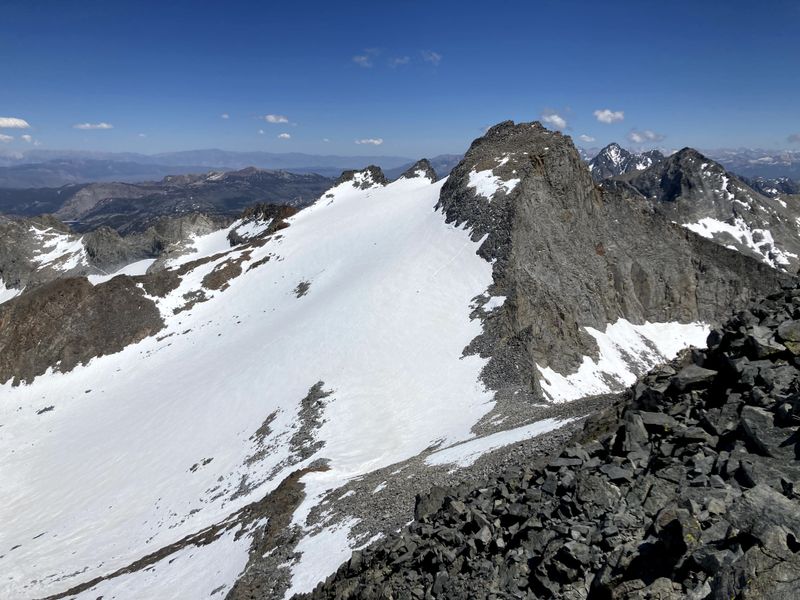
Far from the tourist-filled valley, Mount Lyell silently reigns as Yosemite’s highest point at 13,114 feet. This remote peak harbors the park’s largest glacier, though climate change has reduced it to less than 20% of its former size.
Named after 19th-century geologist Charles Lyell, the mountain marks the headwaters of the Tuolumne River. The challenging climb to its summit requires technical mountaineering skills and a two-day approach through alpine terrain. From the top, adventurous climbers enjoy panoramic views across the Sierra Nevada range into Nevada.
12. Over 800 Miles of Trails Await Exploration
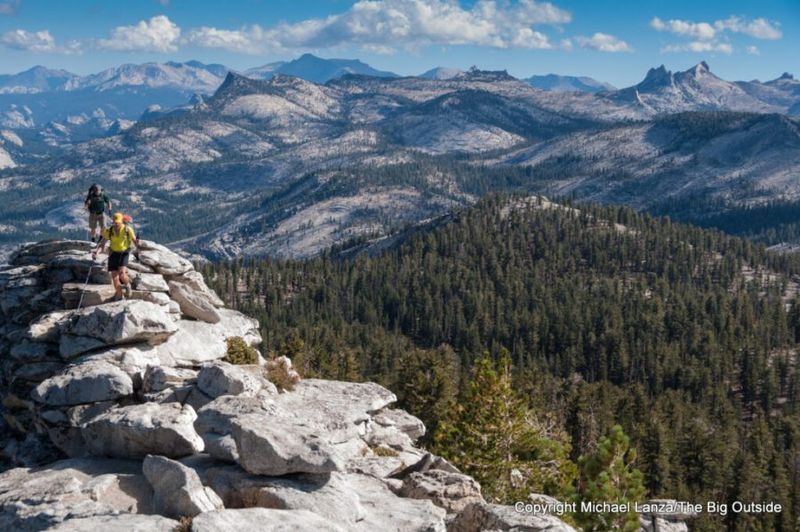
Beyond the famous Mist Trail and Half Dome cables lies a vast network of over 800 miles of trails crisscrossing Yosemite. From wheelchair-accessible valley paths to remote high-country routes, these trails offer adventures for every ability level.
The park’s crown jewel for backpackers is the 210-mile John Muir Trail, which passes through Yosemite’s spectacular high country. During summer, backcountry rangers patrol remote areas on horseback, maintaining trails and assisting hikers in need. Winter transforms many routes into peaceful snowshoe and cross-country ski trails.
13. Black Bears Thrive Where Grizzlies Once Roamed
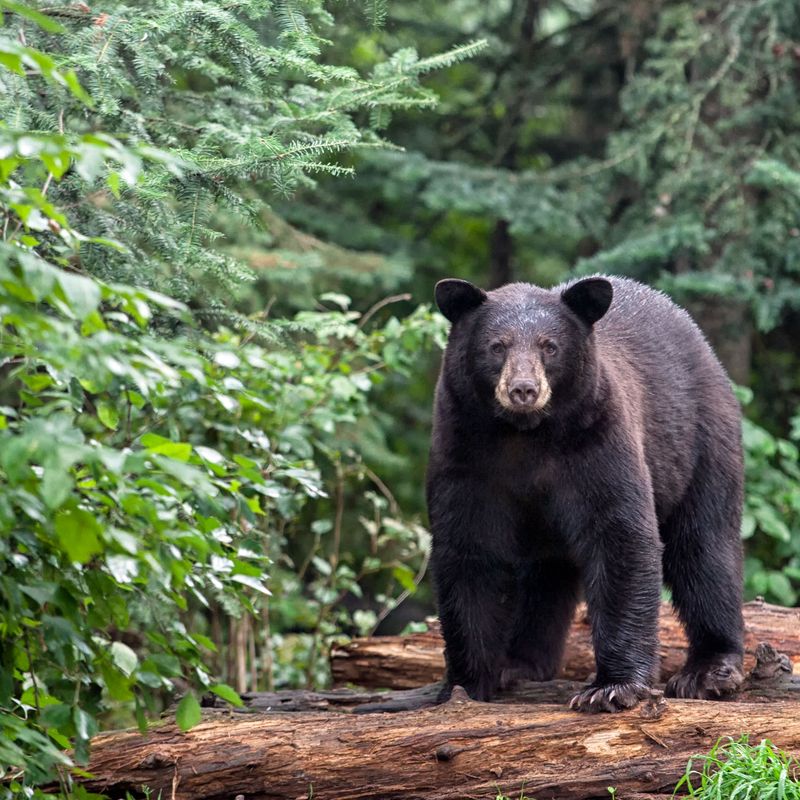
The California grizzly bear—once the state’s iconic symbol—hasn’t been spotted in Yosemite since 1924. Hunting and habitat loss drove these massive predators to extinction throughout California.
Today, approximately 300-500 smaller black bears (which can be brown, blonde, or black in color) inhabit the park. These intelligent animals can smell food from miles away and can even open car doors! Park rangers have successfully reduced human-bear conflicts through strict food storage regulations and innovative bear-proof containers.
14. Ancient Giants Survive in Three Sequoia Groves
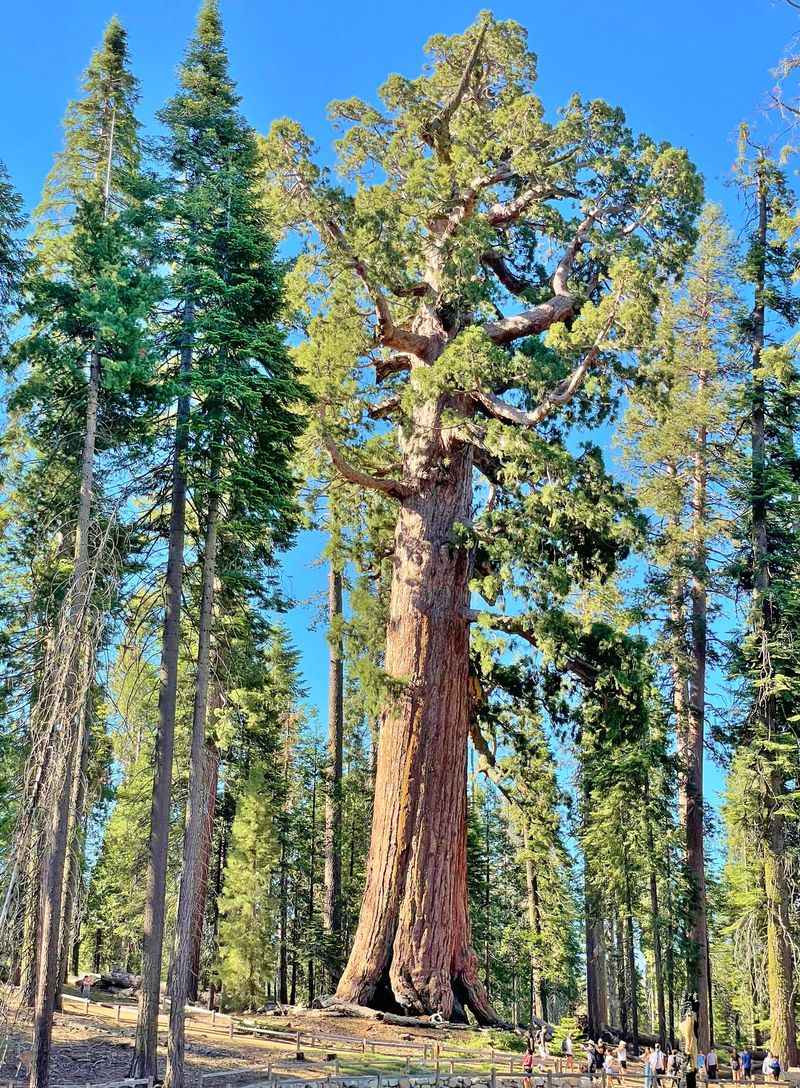
Yosemite protects three magnificent groves of giant sequoias—Mariposa, Tuolumne, and Merced—where nearly 500 mature trees have survived for millennia. The most famous, the Grizzly Giant in Mariposa Grove, stands 209 feet tall with a base diameter of 28 feet.
These remarkable trees can live over 3,000 years, surviving countless fires thanks to their fire-resistant bark up to two feet thick. Their massive root systems stretch outward rather than downward, intertwining with neighboring trees for support. Surprisingly, their cones are tiny—just the size of a chicken egg!
15. The Ahwahnee Hotel’s Secret Hollywood Connection
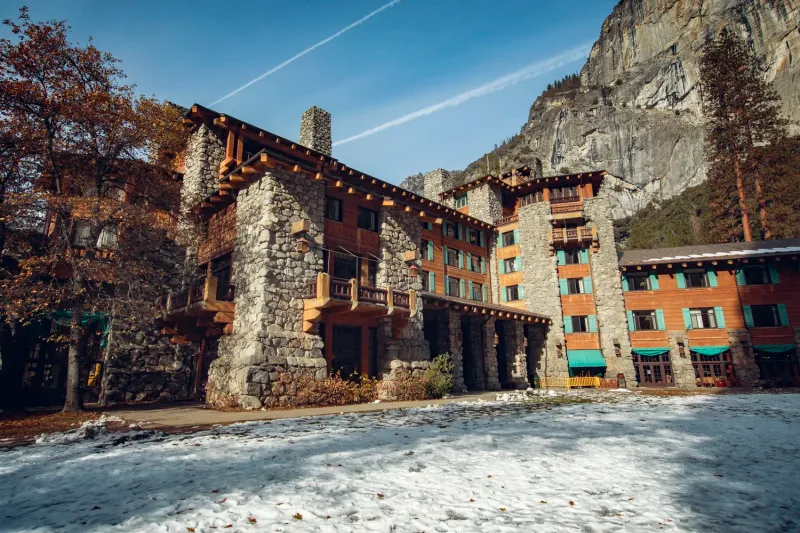
The magnificent Ahwahnee Hotel isn’t just architecturally stunning—it has a fascinating secret Hollywood connection. Stanley Kubrick based the sinister Overlook Hotel in “The Shining” on the Ahwahnee’s distinctive interior design.
Built in 1927 for the staggering sum of $1.25 million, the hotel served an unexpected role during World War II. The U.S. Navy commandeered the building as a rehabilitation hospital for wounded sailors and pilots. Today, this National Historic Landmark still welcomes guests with its grand stone fireplaces and Native American-inspired décor.
16. Yosemite Once Bid for the Winter Olympics
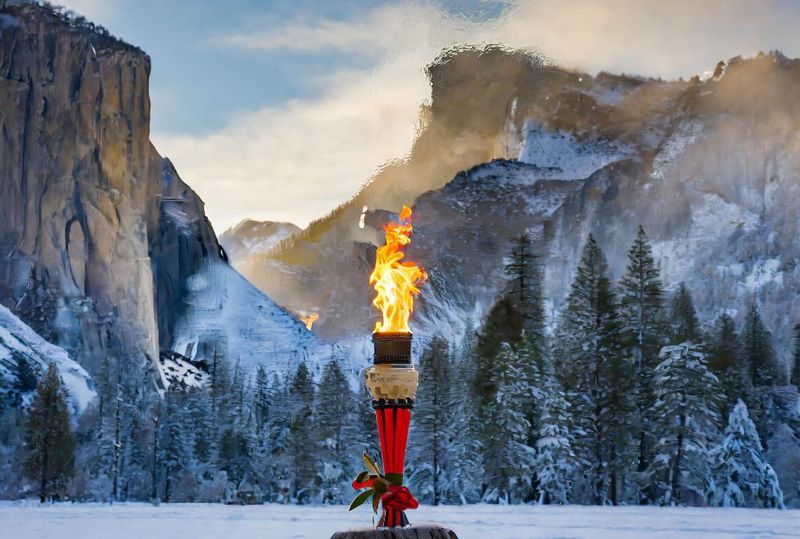
Few visitors realize that Yosemite once had Olympic dreams. In the late 1920s, park officials submitted an ambitious proposal to host the 1932 Winter Olympic Games, making it the only national park ever to bid for this prestigious event.
Badger Pass Ski Area, California’s first alpine resort, was developed partly to strengthen this Olympic bid. Though Lake Placid ultimately won the honor, Yosemite’s winter sports legacy continues. The historic ski area still operates today with modest slopes perfect for beginners and families seeking winter fun amid spectacular alpine scenery.
17. UNESCO Recognized Yosemite’s Global Importance
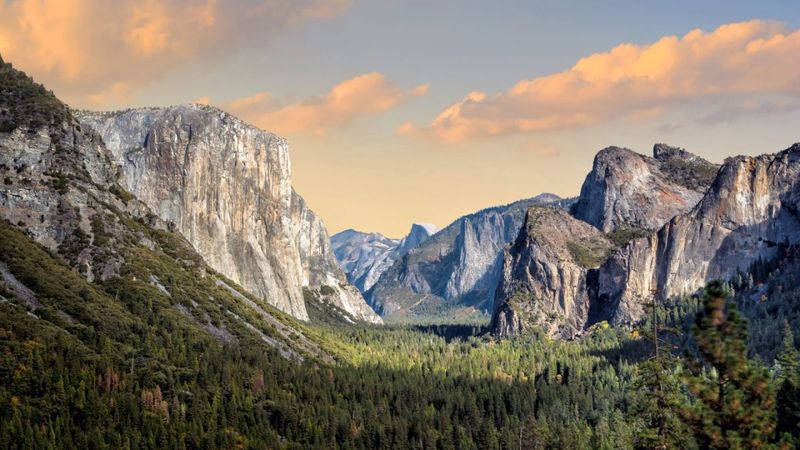
In 1984, UNESCO designated Yosemite as a World Heritage Site, recognizing its “superlative natural phenomena” and “exceptional natural beauty.” This prestigious status places Yosemite alongside wonders like the Great Barrier Reef and the Galápagos Islands.
The designation specifically highlights Yosemite’s remarkable geological features—including the largest exposed granite monoliths on Earth. UNESCO also acknowledged the park’s biological diversity, with over 20% of California’s plant species thriving within its boundaries. This international recognition reinforces the park’s importance as a global natural treasure.

